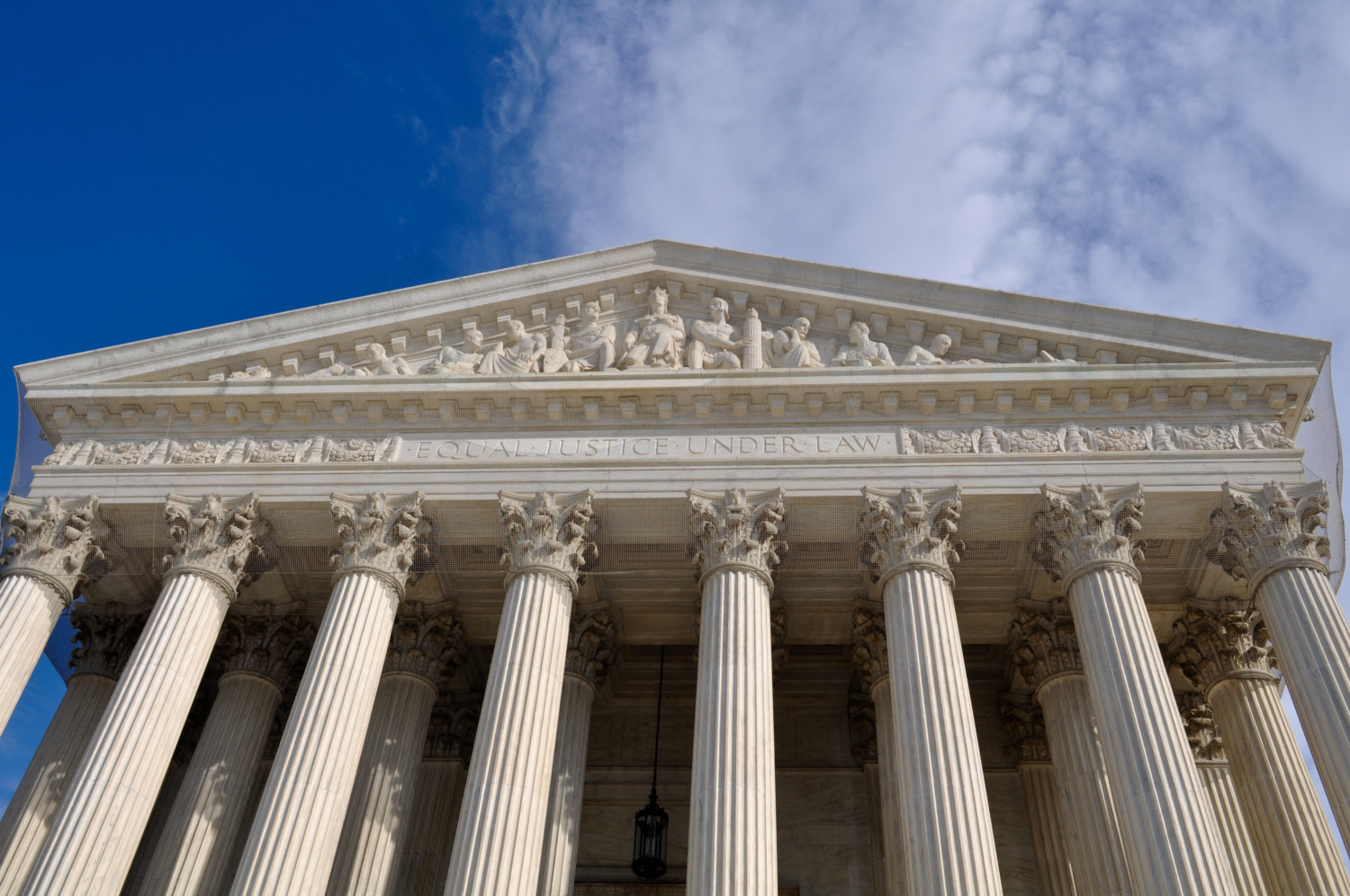
#RealDirectSellers Don’t Obtain Financial or Time Freedom
Trade organization campaign features deceptive income claims.
Guest blog by Peter Vander Nat and William Keep.
| Peter Vander Nat, Ph.D. | William Keep, Ph.D.
Public statements presented as true, though without supporting logic or evidence, if repeated frequently and with enough gravitas may eventually be accepted as true. To capture this type of phenomenon, a new word has been added to our lexicon, “truthiness.” Truthiness does not necessarily indicate a false statement, though a false statement authoritatively asserted as though it were true does qualify.
Below we test our understanding of truthiness with regard to a recent report commissioned by the Direct Selling Association (The Direct Selling Association (DSA) is the national trade association for direct selling companies.) and other assorted DSA public statements. Curiously, the authors of the DSA report are antitrust experts, who have neither published any scholarly works concerning multilevel marketing companies (MLMs), nor acted as pyramid scheme experts in a court of law. Perhaps it is due to this lack of expertise and experience that their report mainly appeals to truthiness.
As for truth, it is certainly true that much effort, time and many words went into criticizing a paper* that we wrote thirteen years ago. But it must be pointed out at the start that the model we developed as a scholarly work has never been used in a court of law to determine whether or not a company is operating a pyramid scheme, and it was never proposed that it could function in that way. This is so because each pyramid case presents a unique set of available data, and the analysis in each case must address how the company functions in practice. Unfortunately, the authors of the DSA report did not appreciate these relevant points. If they had, their report could have been cut in half, and perhaps more.
The DSA report grants at the start that we are recognized experts in the field of distinguishing a legitimate business enterprise from a pyramid scheme. But it omits the recognition that, in the 15 pyramid scheme cases in which Dr. Vander Nat was appointed the government’s expert – each time submitting an economic analysis to the court — no court has ever rejected his conclusion that the organization is/was a pyramid scheme. That is to say, the vast majority of arguments made in the DSA report are old news, having been considered and either rejected or ignored in numerous courts of law.
Unencumbered by this precedent, the DSA report takes a novel stand and boldly declares (literally puts in bold), “[t]he key diagnostic for a pyramid scheme is whether the transactions defining the commercial enterprise yield incremental value to society,” — a claim that is firmly rejected by eminent scholarship in law and economics (see Posner below). Here is a respectful word of advice to DSA members: although you might like what this report has to say, if ever an MLM company is in court defending itself against pyramid scheme allegations, waxing poetic about the firm’s value to society won’t help; far better to focus on retail sales.
We further highlight that the 2014 BurnLounge decision, which is used as the basis for the DSA’s critique of our work, does not invalidate our emphasis on retail sales, whether in the 2002 paper or in specific court testimony (below). By presenting a few selective portions of the BurnLounge ruling and ignoring the fully articulated basis for the ruling that BurnLounge was a pyramid scheme, the DSA report dismisses our emphasis on retail sales as “a premise that cannot be sustained.” Actually, we show the opposite. Not only can it be sustained, an emphasis on retail sales is being sustained by the appellate decision itself (2014) and in a recent federal court injunction against Vemma (2015).
A Sampling of Truthiness in the DSA Report and Public DSA Statements
As to the report’s purported “key diagnostic:”
In sympathy with the DSA report, Mr. Mariano, President of the DSA declared: “The legal analysis should be: is the product being used by real consumers?” Whether the consumer is a distributor is immaterial, he says.
“Even if one were to accept the faulty premise that case law trumps economics when it comes to performing economic analysis, recent developments have made it clear that the premise underlying the V&K paper cannot be sustained.”
The Report’s Review and Mischaracterization of The Retail Sales Criterion
“Under the ‘retail sales criterion’, only third parties with no connection to the selling organization are considered legitimate ‘ultimate users’. Consequently, the V&K paper deems the consumption of product by distributors (‘internal consumption’) to be illegitimate and simply a cover for fraud.”
Further Truthiness in the Report and What Courts Have — and Have Not — Stated
“Consequently, and contrary to the arguments advanced by Vander Nat and Keep, even the courts have now stated clearly that determining the identity of the purchasers is not particularly probative to the question of whether a pyramid fraud is in progress.”
According to the DSA report, alone or in concert, we “tip the scales toward reaching the conclusion that the enterprise is a pyramid scheme,” offer “biased inquiries into these matters,” and use “normative judgments” to convict an MLM company of being a pyramid scheme.
Numerous Theoretical Arguments in the Report in Search of a (Missing) Basis
The DSA report contains numerous theoretical arguments with little explanation or support. For further example, take the notion of consumer surplus, a major argument in the report in the critique of our approach, stating our 2002 model “ignores the consumer surplus that is generated by internal consumption.”
As a refresher, consumer surplus is, as taught to undergraduate students across the country, the value the consumer receives from paying less for a product than he/she would have been willing to pay. For example, if you were prepared to pay $9,995 for that Ralph Lauren Purple Label Suede Shearling Coat and paid only $7,995 you have consumer surplus of $2,000. The report is replete with statements regarding consumer surplus made with suitable gravitas, while the authors provide no data—or where one might obtain it—on the amount or level of consumer surplus generated in an industry, or even within a specific MLM, having many tens of thousands of distributors engaged in an all-against-all competition. What evidence demonstrates the price a customer is willing to pay above the discounted price paid by distributors? That is the critical question of consumer demand, for which (as a pertinent example here) the BurnLounge trial court concluded there was no evidence, including the sales data that BurnLounge offered.
Further, basic economics says that more sellers selling the exact same item in the same market will drive down the market price. Evidently, the authors overlooked that in practice any evaluation of consumer surplus would require knowledge of market price and a consumer demand curve. The report gives no indication or support for how that could be determined under the indicated circumstances.
And equally important is that an analysis of consumer surplus is relevant only to an enterprise that grants incremental value, and is thereby amenable to an estimate of net incremental value by weighing costs and benefits. For a pyramid scheme such analysis is obviated by the fact that the scheme, being inherently fraudulent, bestows no value to society. Therefore, re-writing a sentence highly pertinent to the DSA report, the key diagnostic for an analysis of a pyramid scheme with an MLM-type structure cannot be whether the transactions defining the commercial enterprise yield incremental value to society.
Court Consistency Through Vemma
Missing by a wide margin decades of pyramid scheme analysis accepted by the courts and declaring, “we have not examined the factual allegations in the matter of Vemma,” the authors nonetheless dive in, claiming the government expert Dr. Stacie [not “Sharon”] Bosley offers arguments “premised on the assertion that only sales to third-parties constitute legitimate business activity. BurnLounge rejects the legalistic rhetoric of the ‘retail sales criterion.’” As with their critique of our paper, the authors ignore that Dr. Bosley’s analysis treats sales to third-parties within the full context of the business activity. Further, the “retail sales criterion” that these authors review in connection with our 2002 paper was never presented to, and therefore never rejected by, the BurnLounge court. Above we show that an emphasis on retail sales has been affirmed by every federal court decision, including BurnLounge (2014).
Further ignoring BurnLounge and the factual allegations in Vemma, the DSA report objects to Dr. Bosley’s statement: “incentives are…aligned with recruitment and purchases, rather than retail sales based on market demand”. Lacking expertise in the area of pyramid schemes, the authors fail to see the obvious parallels between Dr. Bosley’s statement and one found in BurnLounge: “In practice, the rewards…were not tied to the consumer demand for the merchandise in the packages; they were paid to Moguls for recruiting new participants.” By ignoring BurnLounge and the facts of the Vemma case, the authors may have hoped to spare themselves embarrassment of court rulings contrary to their analysis (but not successfully so). We have recently seen two rulings on Vemma that move contrary to much of what these authors say in the report: 1) the initial Vemma injunction, and 2) the court’s further rejection of Vemma’s proposed compensation plan, because its “51% rule” does not ensure that the receipt of rewards based primarily on recruiting new Affiliates have been prevented — again affirming that the identity of product purchasers matters very much to the court.
Sorting Out the Logic
The authors also claim that our paper and Dr. Bosley’s arguments confuse the logical inverse with the contrapositive, which sounds serious. As young people say, let’s break it down. If “M” represents all situations where a vast majority of participants are mathematically guaranteed to lose money (e.g., a state lottery, roulette, etc.) and “P” represents pyramids schemes, where participant compensation derives primarily from recruitment and the vast majority of participants are mathematically guaranteed to lose money, then “P” becomes a special case (i.e., a subset) of “M”. Because a contrapositive must agree with the original relationship, any situation “not M” is necessarily also “not P”. For example, a legal direct selling business would not result in the vast majority of participants mathematically guaranteed to lose money, hence it is “not M” and therefore also “not P.” What makes pyramid schemes (P) a unique subset of all situations where the vast majority of participants lose money (M) is the fraud necessary to grow the pyramid scheme. (Once this subset relation is recognized (P is a proper subset of M), the report authors’ alleged confusion by Dr. Bosley between the contrapositive and the inverse can safely be dismissed.)
Attempted Reassurance Offered to DSA Constituents
Finally, in attempting to reassure his constituents, DSA President Mariano writes: “DSA enforces one of the most rigorous self-regulatory codes of ethics in business today, ensuring that direct selling companies not only follow the law, but in many cases exceed its requirements” and “The Direct Selling Association (DSA) has worked collaboratively and productively with regulators and legislators over many decades to not only perfect the definition of a pyramid scheme, but also to give law enforcement the tools they need to prosecute the offenders.”
This comes at a time when the SEC reports “seeing ‘a proliferation’ of pyramid schemes” and, “an increase in pyramid schemes under the guise of ‘multi-level marketing’ and ‘network marketing’ opportunities;” an award-winning member of the DSA is under a court monitor facing an FTC pyramid scheme charge; Herbalife continues to be under investigation by the FTC and SEC, and Nu Skin temporarily halted operations and paid penalties in China. Despite all of this the DSA claims to mysteriously play the role of legal enforcer. (See here and here why we need greater industry regulation by the FTC and SEC).
Conclusion
In view of the analysis expressed in this article, we think the thrust of the DSA report and statements made by the DSA largely seek to validate, without sufficiently reasoned analysis or factual support, a desired conclusion, namely that the legal analysis should be: is the product being used by real consumers; whether the consumer is a distributor is immaterial. But decades of court decisions have shown otherwise.
*See Drs. Vander Nat and Keep, “Marketing Fraud: An Approach for Differentiating Multilevel Marketing from Pyramid Schemes,” Journal of Public Policy & Marketing, vol. 21, no. 1, pp. 139-151 (2002). In the paper we present a collection of pyramid scheme cases completed by court decision or a settlement favorable to the government’s prosecutorial position. We also present a mathematical way to think about these (prior to ’02) cases as mutually consistent pyramid prosecutions.
The views, opinions, and positions expressed in this blog post do not necessarily reflect the views, opinions, and positions of TINA.org.
Trade organization campaign features deceptive income claims.
POST HIGHLIGHTS • H.R. 5230 runs directly counter to 40 years of case law on pyramid schemes. • It obliterates the difference between distributor purchases for the business venture versus…
The court left little doubt about this company’s business operations.


